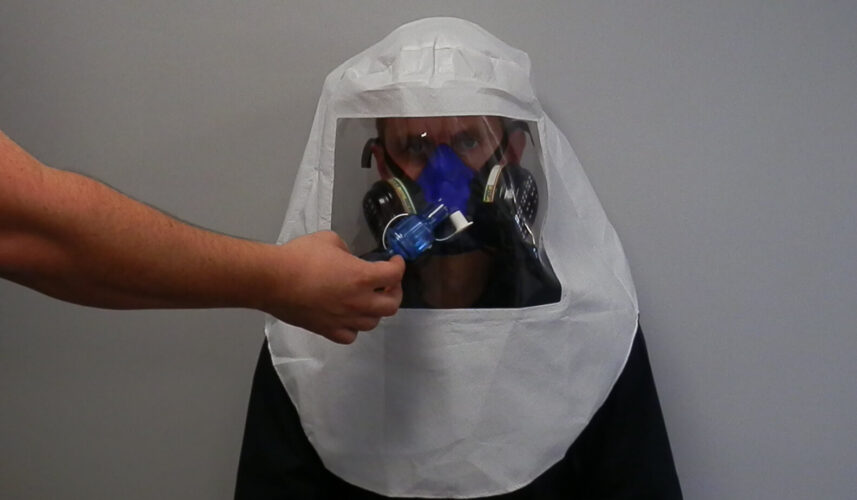Silica is a natural material present in a range of materials including sand, sandstone and granite. When these materials are cut, drilled or otherwise disturbed within construction activity then fine airborne dust is generated which, when inhaled, is recognised as a significant cause of silicosis and other lung diseases.
Silicosis is a long-term lung disease caused by inhaling large amounts of crystalline silica dust, usually over many years.
Once inside the lungs, the dust particles are attacked by the immune system which causes inflammation and gradually leads to areas of hardened and scarred lung tissue (fibrosis).Once affected the lung tissue that’s scarred does not function properly causing respiratory problems.
Persons most susceptible to such infections usually work within the following industries
• stone masonry and stone cutting – especially with sandstone
• construction and demolition – via exposure to concrete and paving materials
• pottery, ceramics and glass manufacturing
• mining and quarrying
• sand blasting
If you provide respiratory protective equipment (RPE) then it is essential you have documented results of your employees face fit test for your organisation to remain legally compliant by fulfilling the requirements laid out in the Health & Safety Executives (HSE) guidance note HSE 282/28.
At SAMS Ltd we are aware of this as a growing issue and certainly the enforcement agencies are looking closely at how exposure to dust is controlled within construction sites. This has been confirmed by an increasing number of Contracting Companies asking their contractors and sub-contractors how exposure to dusts is being controlled through the risk assessment process and requiring proof of face fit testing.

